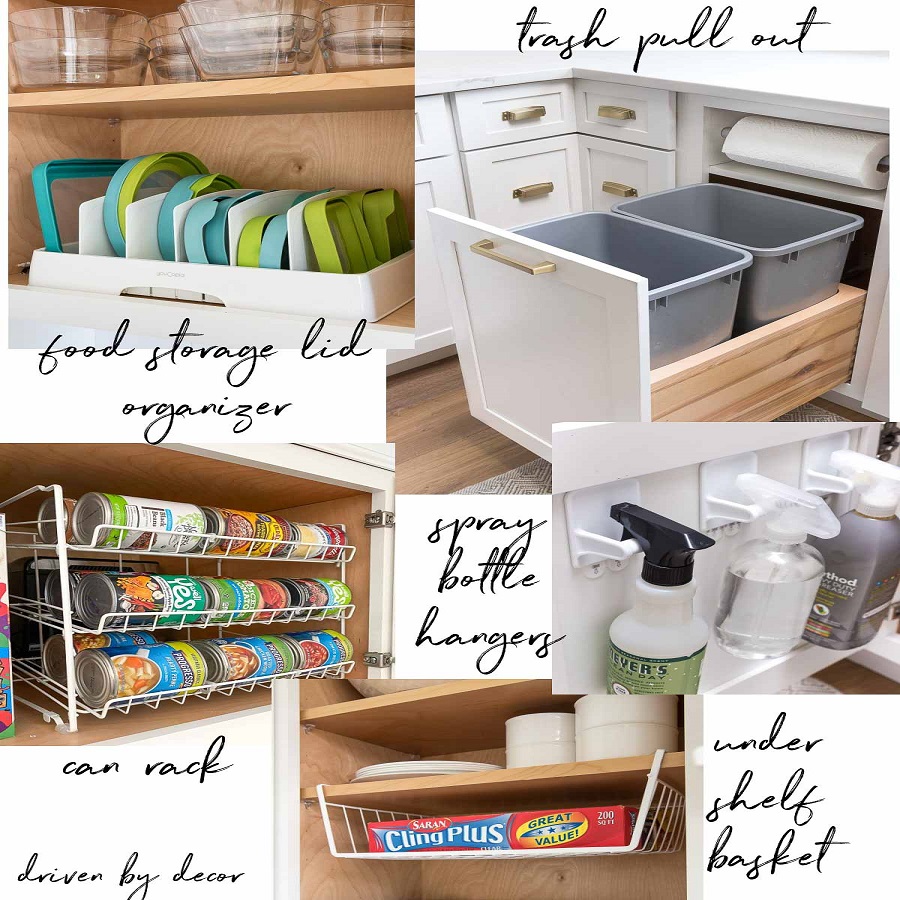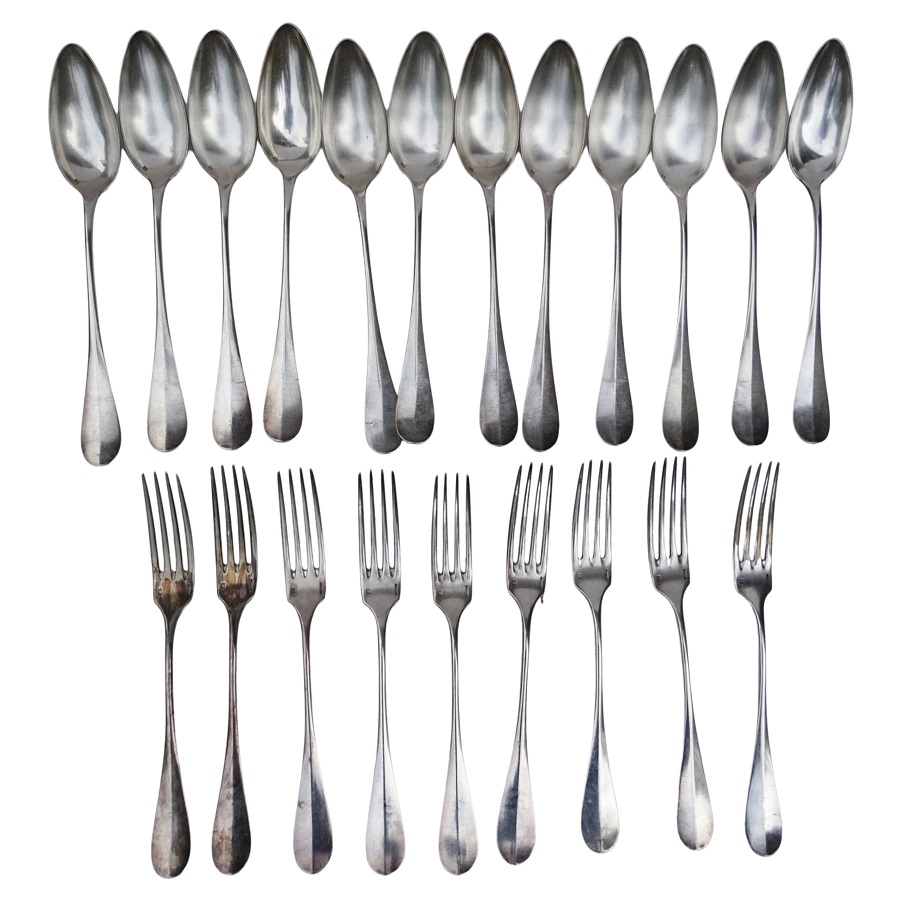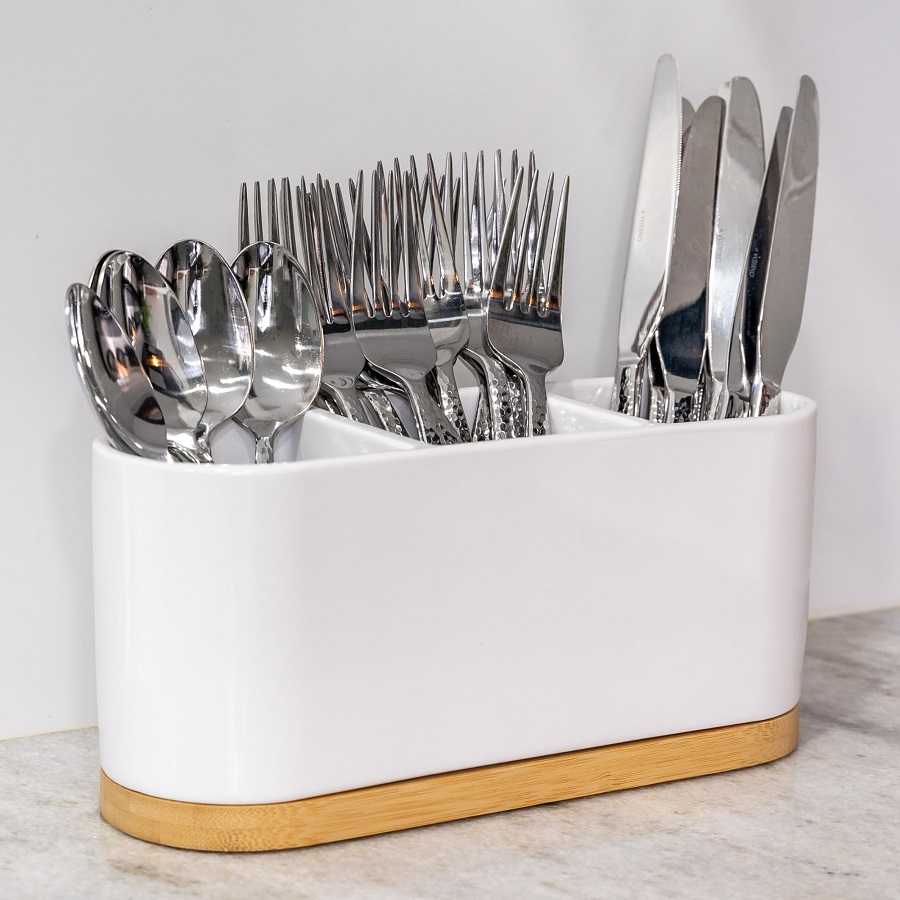Prioritize and Declutter Your Kitchen
How to organize kitchen – Before reorganizing, sorting through your kitchen items is key. Start by grouping similar items together. Look at each item and ask yourself if it is necessary. If not, consider donating, selling, or recycling it. Set aside any items that are rarely used or seasonal. Store them elsewhere to free up space.
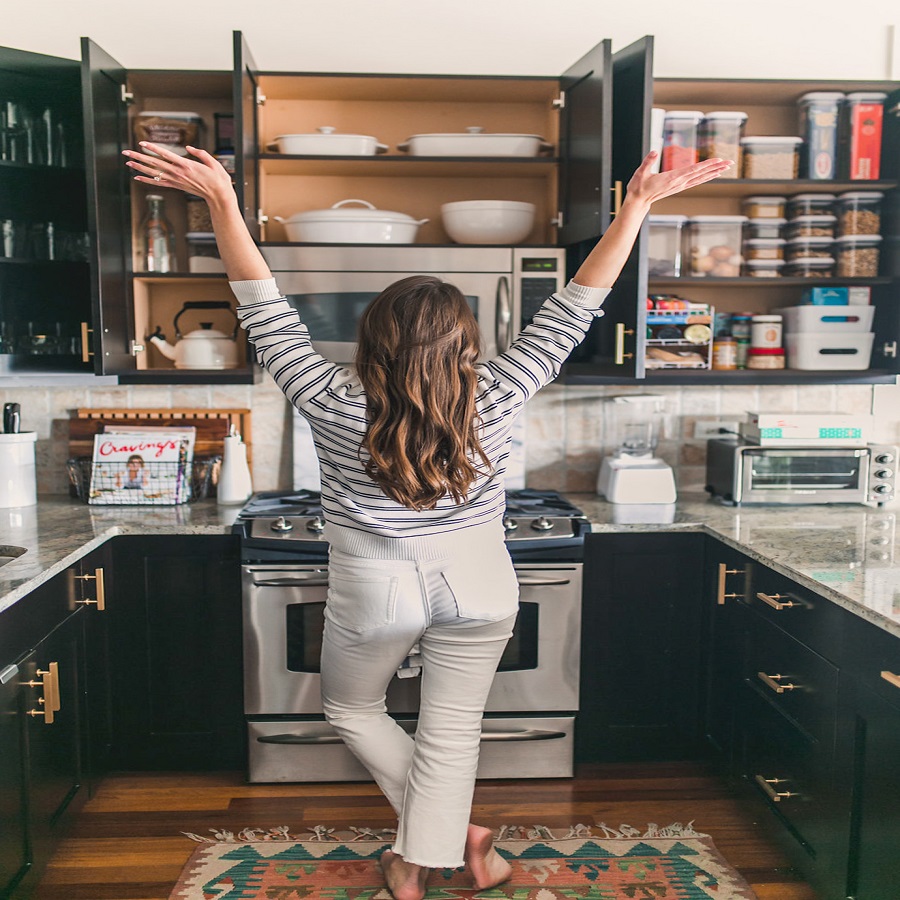
Next, focus on removing duplicates. You likely don’t need multiple spatulas or measuring cups. Keep the best and let go of the rest. It’s also a great time to check expiry dates on food items. Dispose of anything out of date.
Once you’ve decluttered, you’ll have a better idea of what you need to store. This will make creating efficient storage zones much easier. Remember, a clear kitchen not only looks better but also enhances functionality and reduces stress.
Clean Before Reorganizing
Before you begin reorganizing, give your kitchen a deep clean. Start with emptying your cabinets and drawers. Wipe down all surfaces, including shelves and dividers. Use natural cleaners like baking soda or vinegar for a fresh, chemical-free clean.
Tackle Grease and Grime
Kitchen surfaces can accumulate stubborn grease and grime. Focus on high-use areas such as stovetops, counters, and backsplashes. For tough stains, let cleaning agents sit before scrubbing. Rinse thoroughly after.
Refresh Your Refrigerator
Remove all items from your fridge. Discard expired food. Clean shelves and bins with warm, soapy water. Dry with a clean towel before returning items, organized by type and expiry date.
Sanitize Sinks and Faucets
Don’t forget sinks and faucets. These high-touch areas can harbor bacteria. Use a disinfectant to sanitize sinks, handles, and faucets. Rinse well to avoid leaving any residue.
Deodorize Dishwashers and Garbage Disposals
Odors can linger in dishwashers and garbage disposals. Run an empty dishwasher with a cup of vinegar on the top rack. For disposals, grind ice cubes with lemon peels to freshen up.
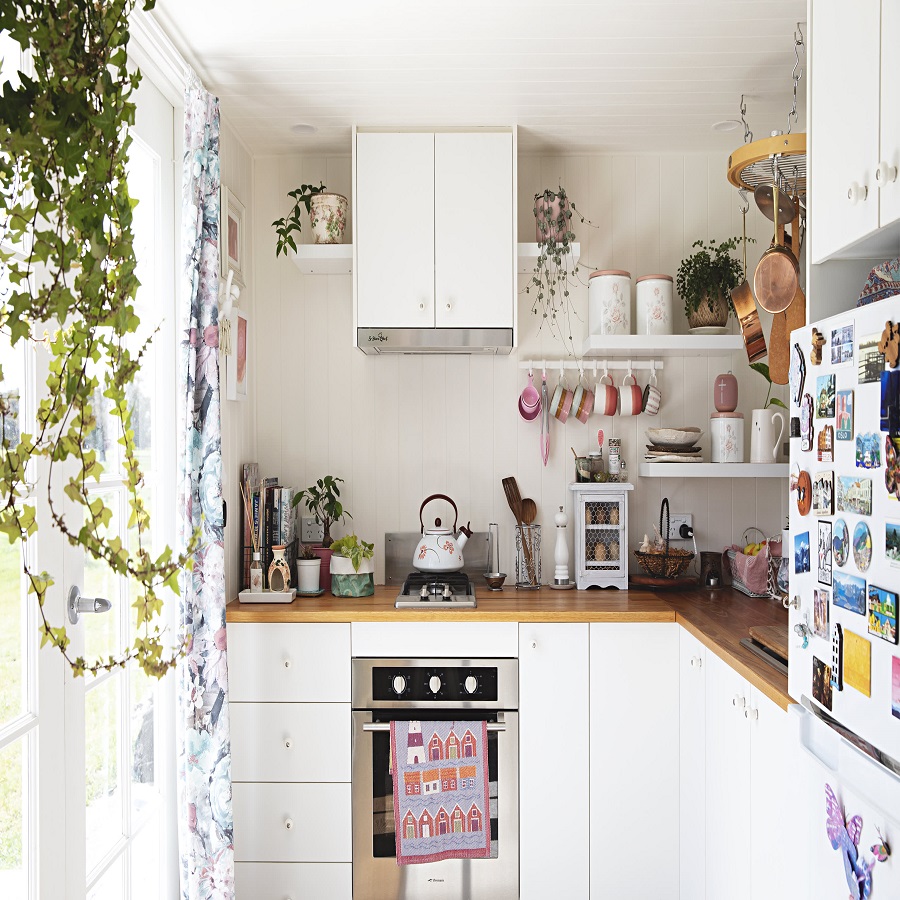 Create Efficient Storage Zones – how to organize kitchen
Create Efficient Storage Zones – how to organize kitchen
Creating storage zones can drastically improve the flow and efficiency of your kitchen. Here’s how to get started:
Food Storage
Designate specific cabinets or shelves for dry goods, canned items, and spices. Keep them near your prep area for easy access when cooking.
Cookware and Utensils
Place pots, pans, and cooking utensils near the stove and oven for convenience. Use drawer dividers and pot racks to keep these items tidy and within reach.
Dishware Storage
Store plates, bowls, and glasses close to the dishwasher for easy unloading. Consider open shelving or glass-front cabinets to make it easy to find what you need.
Preparation Zone
Organize your chopping boards, knives, and mixing bowls near your main work area. Keeping these items together will streamline food prep tasks.
Cleaning Supplies
Keep dish soaps, sponges, and cleaning products under the sink or in a nearby cabinet. Use caddies or bins to contain these items and prevent spills.
Specialty Zones
If you have items for baking or special occasions, store them together but away from daily use items. This can be an upper shelf or a separate area.
By establishing distinct zones for different kitchen tasks, you’ll know exactly where everything is, making cooking and cleaning up faster and less stressful.
Utilize Wall and Door Storage – how to organize kitchen
Taking advantage of your kitchen’s walls and doors is a smart way to create extra storage while keeping items conveniently located. Here are some tips for maximizing this often underused space:
Install hooks and racks
Mount hooks on walls or over cabinet doors for hanging utensils, potholders, or dish towels. This keeps them within easy reach and off countertops.
Use a wall-mounted spice rack
A wall-mounted spice rack can organize your spices efficiently. It also makes it easier to see and access them while cooking.
Hang a pot rack
Ceiling or wall-mounted pot racks save cabinet space and keep pans within arms’ reach. Depending on your kitchen layout, choose a spot that doesn’t obstruct pathways.
Add shelves or hanging baskets
Open shelves can store frequently used dishes or ingredients. Hanging baskets work well for storing fruits and vegetables.
Utilize door-mounted storage
Cabinet doors can hold storage racks for lids, cutting boards, or wrap and foil dispensers. This puts these items out of the way but still accessible.
Consider a magnetic knife strip
A magnetic knife strip can hold knives safely on the wall, freeing up drawer space.
By using these tips, you’ll make the most of every inch of your kitchen. This not only organizes your space but also makes your accessories part of the decor.
 Optimize Drawer and Cabinet Organization – how to organize kitchen
Optimize Drawer and Cabinet Organization – how to organize kitchen
Organizing drawers and cabinets simplifies finding items quickly. Use these strategies:
Sort Items by Frequency of Use
Place often-used items at the front. Store rarely used objects higher up or at the back. This saves time when cooking.
Install Drawer Dividers
Dividers help categorize utensils and tools, preventing clutter. Separating knives, forks, and spoons keeps drawers tidy.
Use Shelf Risers in Cabinets
Risers create extra layers in cabinets. They maximize vertical space, making more room for stacked dishes.
Choose Stackable Containers
Stackable containers utilize height efficiently. They keep food and small items neatly grouped in cabinets.
Dedicate Areas for Specific Items
Assign areas in cabinets for particular categories like baking supplies or cleaning products. Label shelves if helpful.
Add Door Racks or Hooks
Door racks and hooks can hold lids, cutting boards, or wraps. They free up shelf space.
Drawer Organizers for Miscellaneous
Organizers sort small, diverse items lurking in drawers. They make it easier to spot what you need.
By applying these simple yet effective organizational tools and techniques, you can enhance the functionality of your kitchen space, making it more enjoyable to use.
Simplify Countertops and Maximize Vertical Space – how to organize kitchen
Keeping countertops clear not only creates a tidy kitchen, but it also makes for a more functional workspace. One way to accomplish this is to store as much as you can vertically. Here are some strategies to consider:
Utilize Wall Space
Install floating shelves or hooks to keep items off counters. This can be a great spot for storing spices, cooking oils, or commonly used utensils.
Hang Pots and Pans
A ceiling-mounted pot rack not only saves cabinet space but also adds a stylish touch to your kitchen. Ensure it’s installed in a convenient area that doesn’t block walkways.
Vertical Drawer Storage
Use tall, narrow drawers to their full potential by organizing items like trays and cutting boards upright. This makes them easier to grab and put away.
Stackable Baskets
For fruit and veggies, consider stackable baskets on the counter or attached to the wall. This keeps produce visible and within reach while saving space.
Magnetic Strips
Attach a magnetic strip to the wall to hold knives or other metal tools. It’s a secure way to store sharp items and frees up drawer space.
Door-Mounted Racks
Make use of cabinet doors by attaching racks for storage. They’re perfect for small items such as pot lids, baking sheets, or wrap dispensers.
By following these tips, you’ll enhance kitchen efficiency and enjoy a cleaner-looking space. Simplifying your countertops will make daily tasks quicker and cooking more pleasurable. Keep vertical space in mind when finding homes for kitchen items, and your counters will stay clear and ready for use.
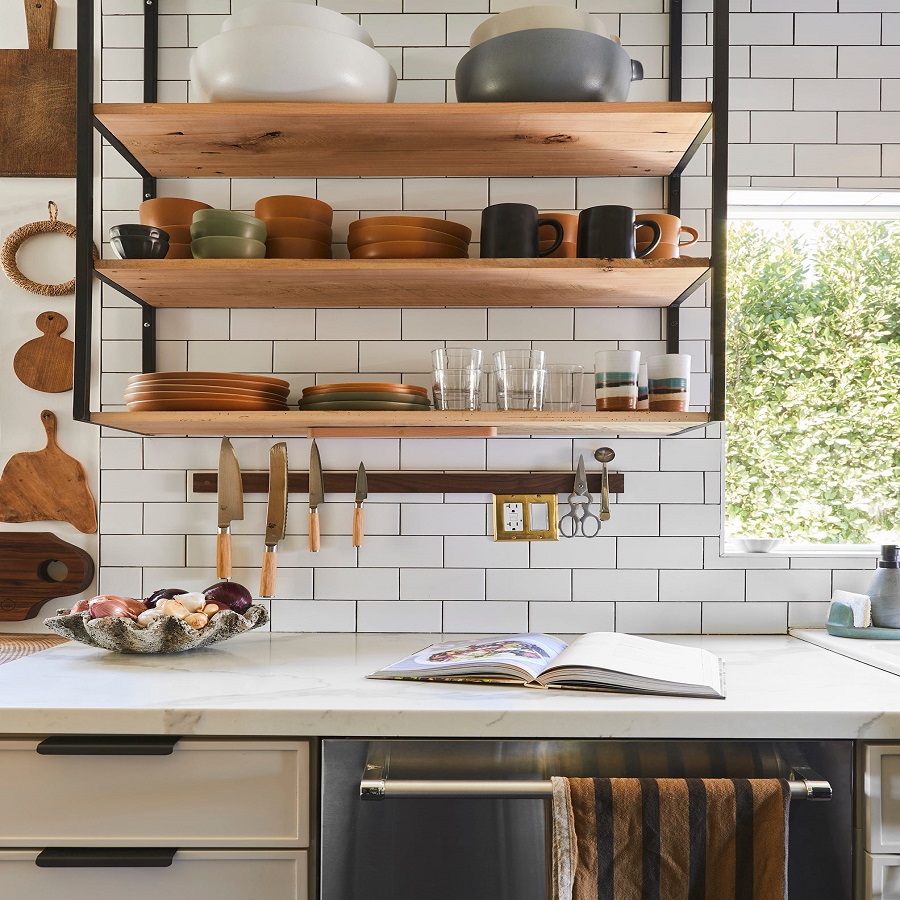 Implement Clever Solutions for Small Appliances – how to organize kitchen
Implement Clever Solutions for Small Appliances – how to organize kitchen
Small appliances are indispensable in the kitchen, yet they can often take up valuable counter space. Here’s how to organize them smartly:
Store Infrequently Used Appliances
If you don’t use some appliances daily, store them in cabinets or a pantry. This keeps counters free for cooking and daily tasks.
Use Appliance Garages
Consider an appliance garage—a countertop cabinet designed to house small appliances. This hides them from view but keeps them accessible.
Hang Appliances
For appliances with a loop or handle, such as coffee mugs or lightweight blenders, use hooks under cabinets or on walls for hanging.
Use a Rolling Cart
A rolling cart can be a versatile solution. Store small appliances on it and roll it away into a closet or corner when not needed.
Nest and Stack
Wherever possible, nest bowls and attachments within larger appliances. Store items such as mixers with their bowls, saving space.
Magnetic Strips
For metallic tools and accessories, a magnetic strip can keep things off the counter. Just ensure it’s securely mounted and out of children’s reach.
Vertical Shelving
Tall and narrow shelving units can be excellent to place beside the fridge or in a small unused area. Perfect for small appliance storage.
By adopting these clever solutions for your small appliance storage, you can free up counter space and maintain a tidy and organized kitchen.
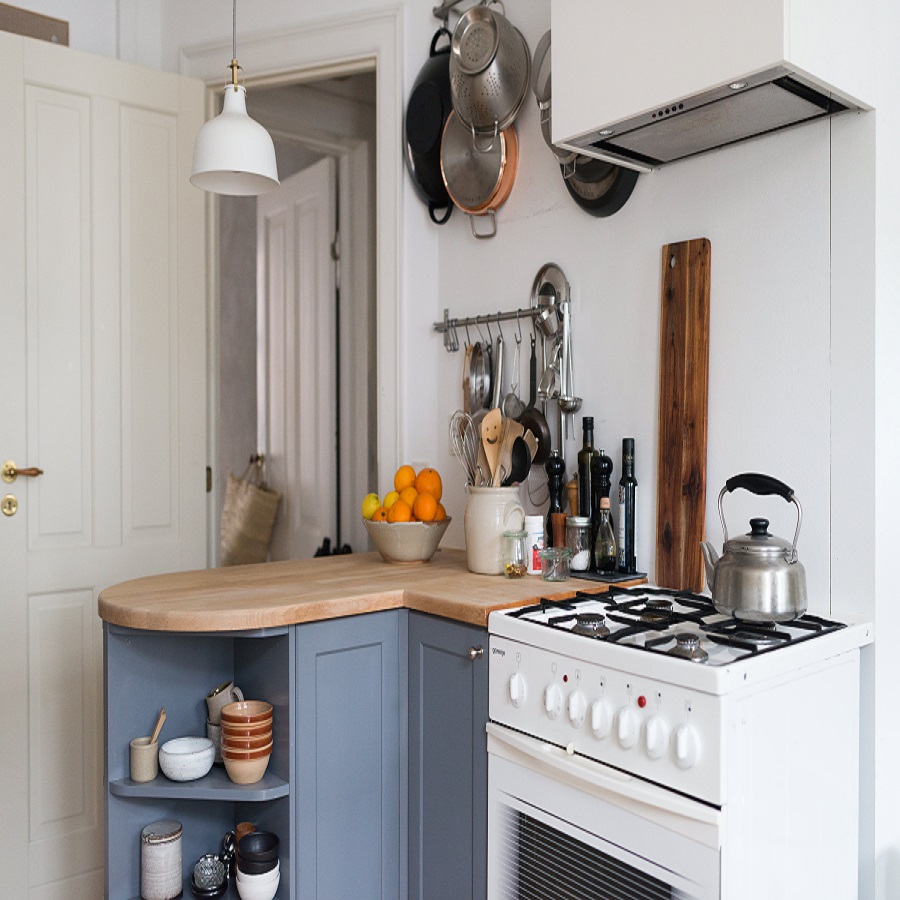 Regularly Reassess and Maintain Order – how to organize kitchen
Regularly Reassess and Maintain Order – how to organize kitchen
Maintaining an organized kitchen requires regular check-ins and updates. Here’s how to keep your kitchen orderly:
Audit Your Kitchen Regularly
Set a schedule for reassessing your kitchen’s organization. Monthly audits can help catch clutter before it becomes unmanageable. During these check-ins, make sure everything is in its proper zone and decide if any items are no longer needed.
Tidy Up Daily
A daily quick clean can prevent clutter from piling up. Take a few minutes each evening to put things back in their designated spots. This routine can make a big difference in maintaining order.
Adjust as Needed
As your cooking habits change, your organization system might need to adapt. If you notice that some areas are consistently messy or unused items are taking up space, make adjustments to improve efficiency.
Invest in Organizers
If certain drawers or cabinets become cluttered, consider adding dividers, baskets, or other organizers. These tools can help keep items separated and easy to find.
Encourage Family Involvement
Get your household involved in keeping the kitchen organized. Assign tasks and explain where items should go. This can ensure everyone contributes to the kitchen’s upkeep.
Clear Countertops Weekly
Make it a habit to clear your countertops of unnecessary items at least once a week. This will ensure your workspace remains functional and inviting.
By following these simple steps, you can maintain a kitchen that is both organized and efficient, making cooking and meal prep a more enjoyable experience.

